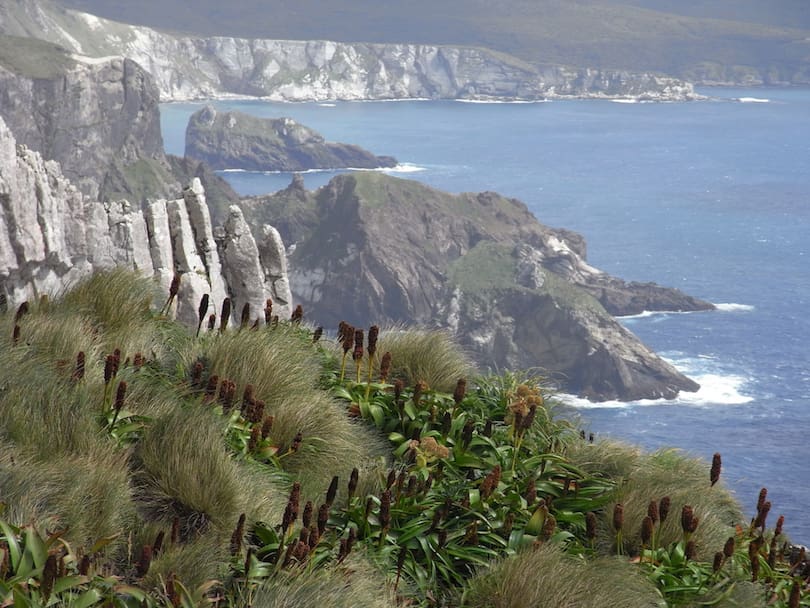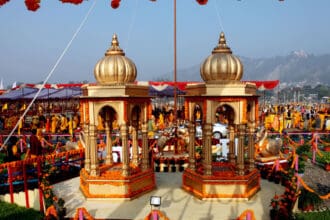Chittorgarh, located in the state of Rajasthan in India, is a city steeped in history and culture. The city is famous for its forts, palaces, temples, and rich cultural heritage. Here are the top 5 places to visit in Chittorgarh:
1. Chittorgarh Fort
The Chittorgarh Fort is a UNESCO World Heritage site and one of the largest forts in India. The fort is spread over an area of 700 acres and has several palaces, temples, and towers within its premises. The fort is famous for its intricate carvings and impressive architecture. It is also known for its historical significance, as it was the site of several battles and sieges in the past.
2. Vijay Stambh
The Vijay Stambh, also known as the Tower of Victory, is a 37-meter high tower located within the Chittorgarh Fort. The tower was built in the 15th century by the ruler of Chittorgarh, Rana Kumbha, to commemorate his victory over the Muslim rulers of Malwa and Gujarat. The tower is known for its impressive architecture and intricate carvings.
3. Kirti Stambh
The Kirti Stambh, also known as the Tower of Fame, is another tower located within the Chittorgarh Fort. The tower is 22 meters high and was built in the 12th century by a Jain merchant. The tower is known for its intricate carvings and sculptures, which depict scenes from the life of the Jain Tirthankaras.
4. Rana Kumbha Palace
The Rana Kumbha Palace is a palace located within the Chittorgarh Fort. The palace was built in the 15th century by Rana Kumbha, the ruler of Chittorgarh. The palace is known for its impressive architecture and intricate carvings. It is also known for its historical significance, as it was the site of several battles and sieges in the past.
5. Kalika Mata Temple
The Kalika Mata Temple is a temple located on a hilltop in the city of Chittorgarh. The temple is dedicated to the Hindu goddess Kali and is known for its impressive architecture and intricate carvings. The temple is also known for its scenic location and offers panoramic views of the surrounding area.
These are the top 5 places to visit in Chittorgarh. Other notable attractions in the city include the Padmini Palace, Meera Temple, and Gaumukh Reservoir. To make the most of your visit to Chittorgarh, it is recommended to hire a local guide who can provide you with more information about the history and culture of the city.
Travel Tips
- Chittorgarh can get quite hot during the summer months, so it is recommended to visit during the winter months when the weather is more pleasant.
- It is recommended to wear comfortable shoes as there is a lot of walking involved in visiting the various attractions within the Chittorgarh Fort.
- Visitors are advised to dress modestly while visiting the temples and other religious sites in Chittorgarh.
- It is recommended to hire a local guide who can provide you with more information about the history and culture of the city.
FAQs
- What is Chittorgarh famous for? Chittorgarh is famous for its forts, palaces, temples, and rich cultural heritage.
- What is the best time to visit Chittorgarh? The best time to visit Chittorgarh is during the winter months (October to March) when the weather is pleasant and ideal for sightseeing. The summer months (April to June) can be scorching, and the monsoon season (July to September) can be unpredictable and cause disruptions in travel plans.
- What are the other places to visit near Chittorgarh? Some of the other places to visit near Chittorgarh are Bassi Wildlife Sanctuary, Menal Waterfall, and Bhainsrodgarh Wildlife Sanctuary.







